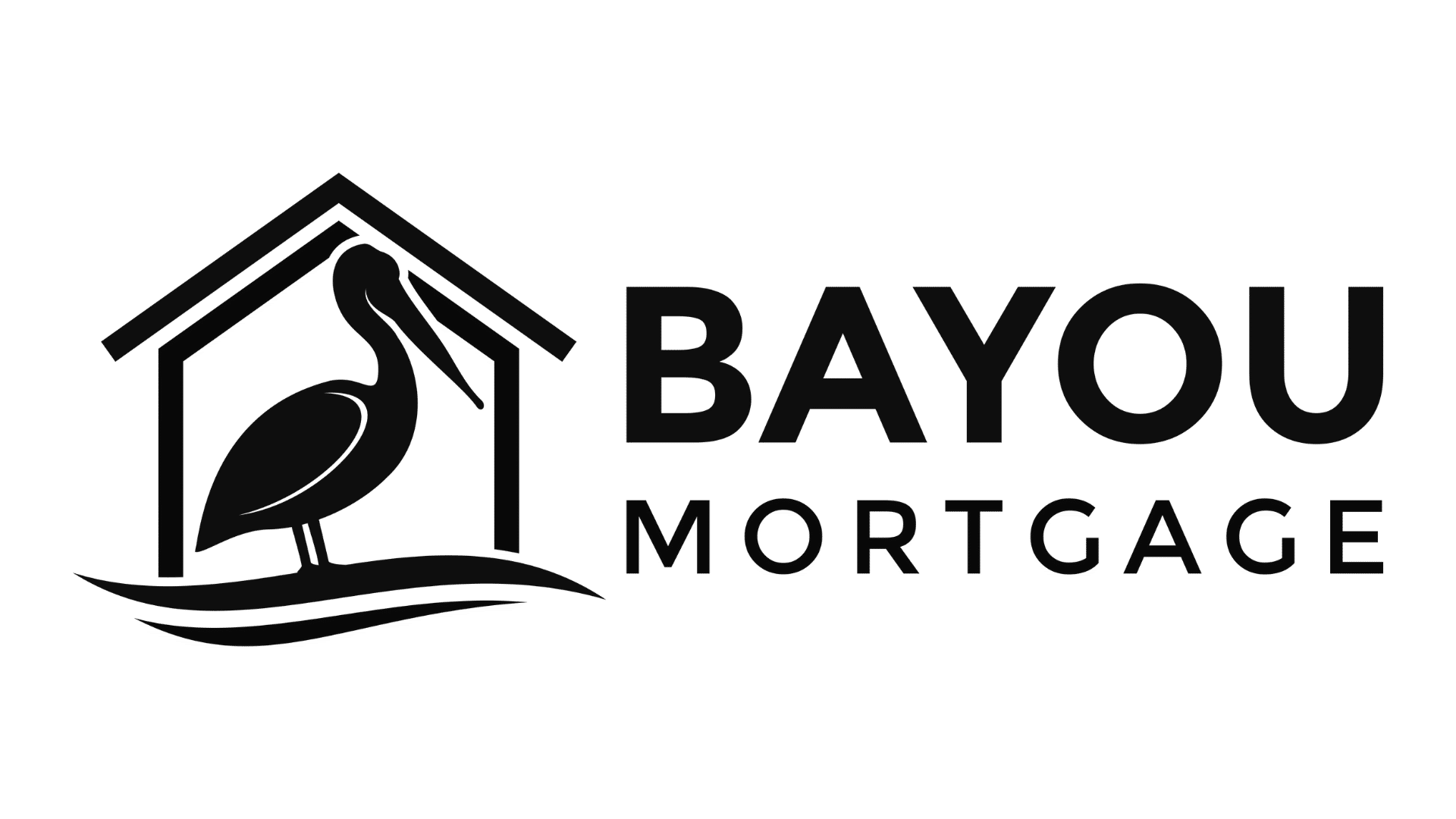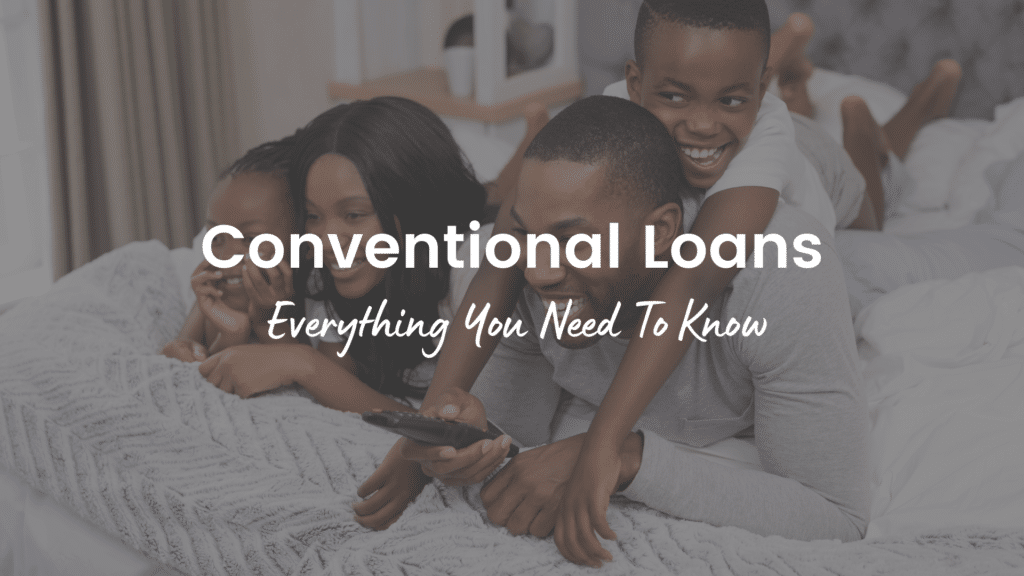If there were two words to describe conventional loans, it’s low interest rates and flexible guidelines. Also known as conforming loans, conventional mortgages conform to the Fannie Mae and Freddie Mac guidelines. In this Complete Guide to Conventional Loans you’ll learn everything you need to know about buying a home using a conventional loan.
Conventional loans are highly sought after for two reasons – low interest rates and low PMI rates. Who doesn’t want to save money on their mortgage, right? In this guide, we’ll discuss conventional financing, its guidelines, and everything you need to know about it.
Conventional Loan Basics
Unlike government-backed loans, you can use conventional financing on a large number of transactions including:
- Purchase an owner-occupied property
- Purchase an investment property
- Purchase a second home (or vacation home)
Conventional financing is available on many property types too:
- Single-family homes
- Condominiums
- Townhomes
- Multi-unit properties
Qualifying Requirements
Conventional loans have the ‘reputation’ of having tough underwriting requirements. While they are stricter than FHA loans, there’s plenty of flexibility involved:
- Minimum 620 credit score – Lenders prefer a 620 or higher credit score. In general, the higher your credit scores, the better the interest rate you receive. Lenders base your risk of default on your credit score. Typically, a score of 680 or higher will yield the best interest rates.
- Minimum 5% down payment – A 20% down payment is nice and eliminates the need for PMI, but you can get conventional financing with as little as a 5% down payment. You will pay PMI, but not forever. We go into further detail below.
- Maximum front-end (housing) ratio of 28% – Your proposed mortgage payment (plus any subordinate financing) cannot exceed 28% of your gross monthly income (income before taxes). This includes the principal, interest, real estate taxes, homeowner’s insurance, and PMI payments.
- Maximum back-end (total) debt ratio of 50% – Your total monthly debts, including credit card payments, car payments, student loan payments, alimony, child support, and any other debts on your credit report can’t exceed 50% of your gross monthly income.
- 2-year employment history – Staying at the same job for 2 years provides stability and consistency. Lenders like stability as it reduces your chances of missing mortgage payments. If you do change jobs, try to keep it within the same industry so that you have a 2-year history in the same industry.
Terms
Conventional loans are available in fixed or adjustable-rate terms. Fixed terms provide the same interest rate for the life of the loan – it never changes. Adjustable-rate terms have a fixed rate for a certain period and then adjust annually after that point.
For example, a 3/1 ARM has a fixed rate for three years and then adjusts annually after the third year.
Conventional financing is available in 15, 20, 25, and 30-year terms. The longer the term that you choose, the smaller your monthly payment becomes. Keep in mind, though, the longer you borrow the money, the more interest you pay over the life of the loan.
Down Payment Rules
On average, you need at least a 5% down payment to get conventional financing. This means you borrow 95% of the home’s sales price. Any down payment less than 20% of the home’s sales price requires PMI.
You can receive gift funds from relatives, an employer, or charitable organization for your down payment. Fannie Mae doesn’t require you to invest any of your own funds on a one-unit property. If you buy a multi-unit property, though, you must invest at least 5% of your own funds. After your 5%, the remaining down payment can be gift funds.
Conventional Loans and PMI
If you put down less than 20% on the home, you will pay PMI. Unlike FHA loans, though, you pay PMI only until you owe less than 80% of the home’s value.
The amount of PMI that you pay depends on your credit score and the down payment amount. The rates range from 0.4% to 2%. The higher your credit score and the more money you put down on the home, the lower your PMI rate.
Fortunately, you don’t pay PMI forever. You can request PMI cancellation once you pay your principal balance down to 80% of the home’s value. In order to cancel PMI, you must request cancellation in writing. You can do this around the date that you’re scheduled to owe less than 80% of the home’s value. You can find this date on your PMI Disclosure. You can also request cancelation earlier if you make extra payments toward the principal and pay the balance down faster. Just make sure you:
- Made your payments on time
- Don’t have any junior liens on the property
- Have proof of the home’s current value (that it hasn’t declined)
By law, lenders must cancel your PMI automatically once you owe less than 78% of the home’s original value (according to your PMI Disclosure), though.
Avoiding PMI With Less than 20% Down
If paying mortgage insurance for several years doesn’t appeal to you, there is an option – it’s called the piggyback loan. With this option, you borrow 80% of the home’s value with your first mortgage, borrow 10% of the home’s value with a junior lien (second mortgage) and put 10% of the sales price down yourself.
The second loan for 10% counts toward your down payment for the conventional loan. Combining the second mortgage with your 10% down payment, gives you a 20% down payment. You no longer have to pay PMI.
Loan Limits
Like government-backed loans, conventional loans have maximum loan limits. The limits for 2019 are:
- 1-unit $484,350
- 2-units $620,200
- 3-units $749,650
- 4-units $931,600
Appraisal
An appraisal for a conventional loan must prove that the home is worth at least as much as the sales price. Lenders base your maximum loan amount or LTV on the appraised value of the home, not the sales price. For example, if a home appraised for $200,000, but you bid $210,000, the lender would only lend you a maximum of 95% of $200,000 or $190,000 rather than 95% of $210,000, which is $199,500. That means, you would need a total of $20,000 down on the home because you have to make up the difference between the appraised value and the sales price.
Fortunately, conventional loans don’t have strict appraisal requirements like FHA and USDA loans do. They focus mostly on the home’s value. While you won’t get away with large areas of mold or a shoddy roof, you may be able to buy a home that is in less than perfect condition with conventional financing. In other words, you can make the renovations or repairs on your own timeline after you own the home.
Seller Concession Rules
You are responsible for the closing costs for your loan on top of the down payment. If you don’t have the money to cover the closing costs, you may negotiate the seller’s assistance. Conventional loans allow sellers to provide up to 9% of the sales price:
- LTV of 90% or less – Sellers can contribute up to 3% of the sales price
- LTV of 75% to 90% – Sellers can contribute up to 6% of the sales price
- LTV of 75% or less – Sellers can contribute up to 9% of the sales price
Conventional Loans After Bankruptcy or Foreclosure
Like government loans, you must prove that you’ve overcome the issues that caused the bankruptcy or foreclosure. You must also wait the required time as follows:
- Chapter 7 or 11 bankruptcy – 4-year waiting period from the discharge date
- Chapter 13 bankruptcy – 2-year waiting period from the discharge date or 4 years from the dismissal date
If you have more than one bankruptcy filing in the last seven years, you must wait five years from the discharge date.
You must wait seven years after the completion date of foreclosure.
Other Conventional Loan Options
Conventional loans also have two other loan options available:
- Conventional 97 – If you only have a 3% down payment, you may still qualify for a conventional loan. The Conventional 97 is open to borrowers with any income, but you may pay higher interest rates and PMI rates to make up for the higher risk.
- HomeReady – Low-to-moderate income borrowers can qualify with just 3% down, receive low PMI rates, and flexible underwriting guidelines. You don’t have to be a first-time homebuyer to qualify for this program.
Conventional Loan Refinance Options
- Limited cash-out refinance – You can pay off an existing first lien and any junior liens used to purchase the home with the limited cash-out refinance. You can borrow up to 97% of the home’s value as long as you don’t receive more than 2% of the home’s value or $2,000 (lesser of) in cash back.
- Cash-out refinance – If you have equity in your home, you can use the cash-out refinance to take it out. You can borrow up to 80% of the home’s value, using the leftover funds after paying off your first lien as you see fit.
- High Loan-to-Value Refinance – Current Fannie Mae mortgage holders with an LTV of 97% or higher may be able to refinance despite exceeding the standard requirements as long as you will get a reduced payment, lower interest rate, or shorter term.
Bottom Line
Conventional loans are the most popular loan available today. If you have ‘decent’ credit, good debt ratios, and stable employment, it’s worth seeing if you qualify. The low interest rates and low PMI rates make conventional loans an affordable way to home ownership.



